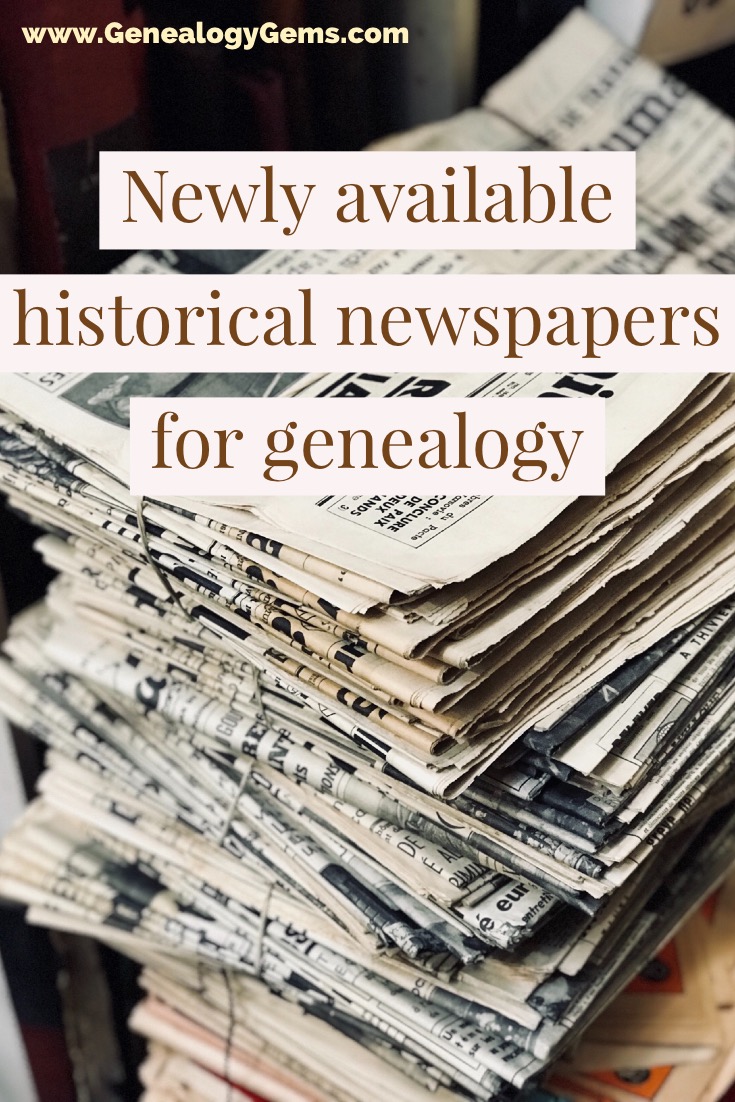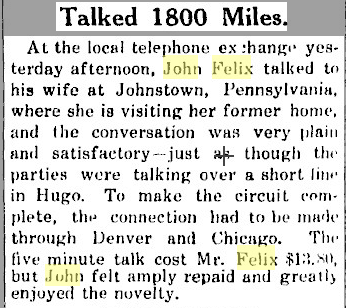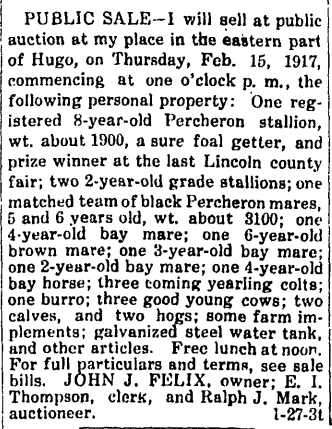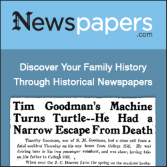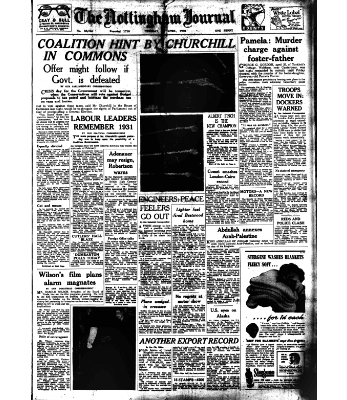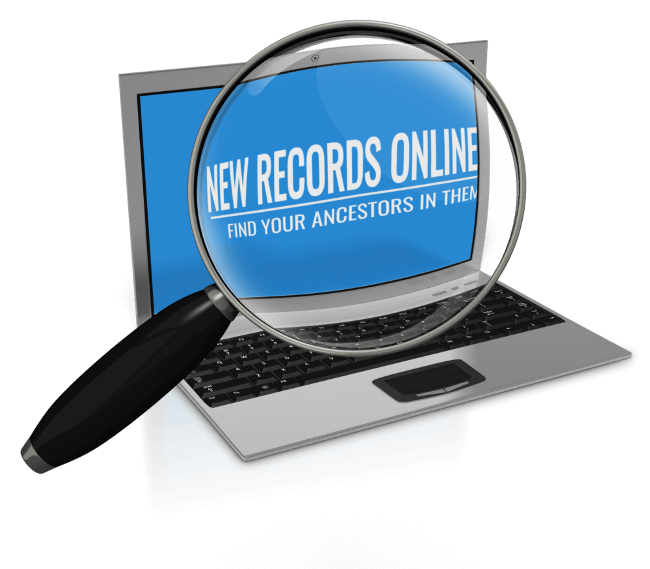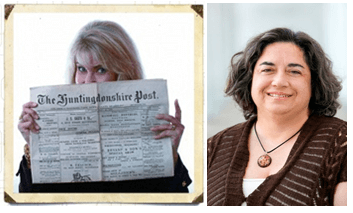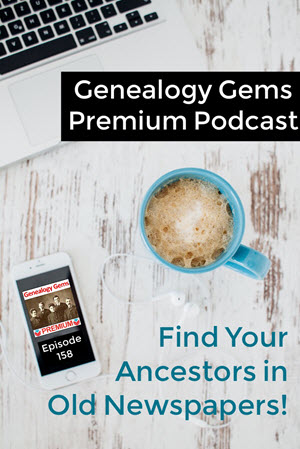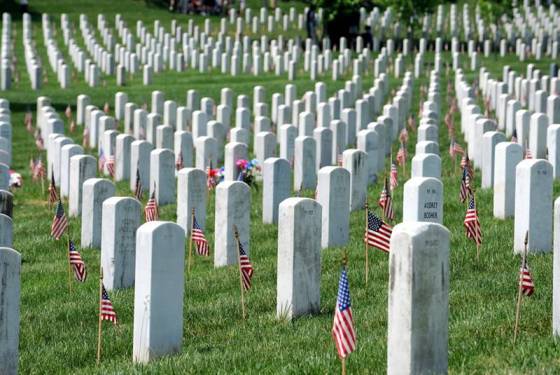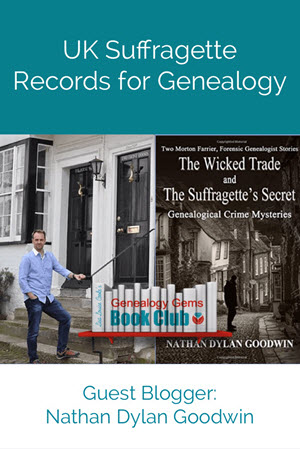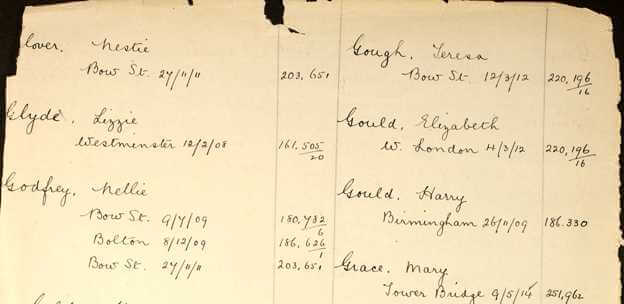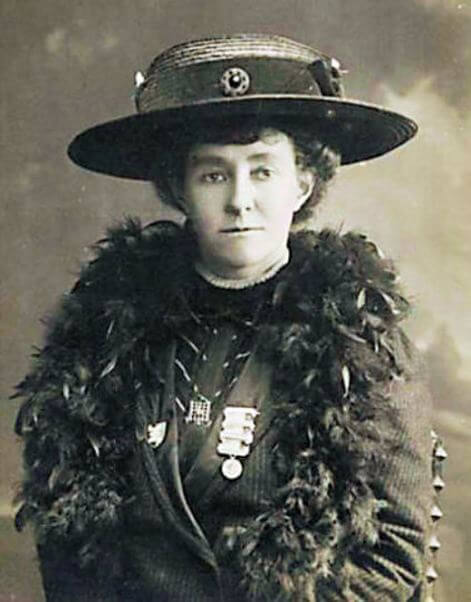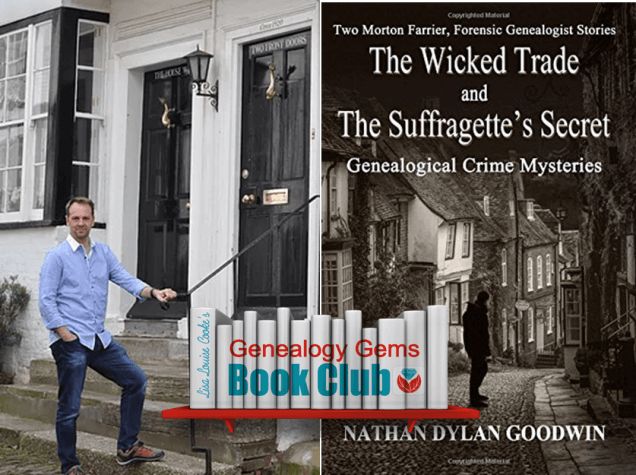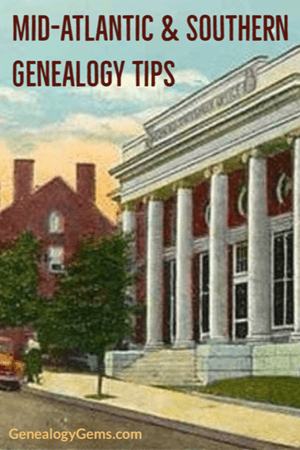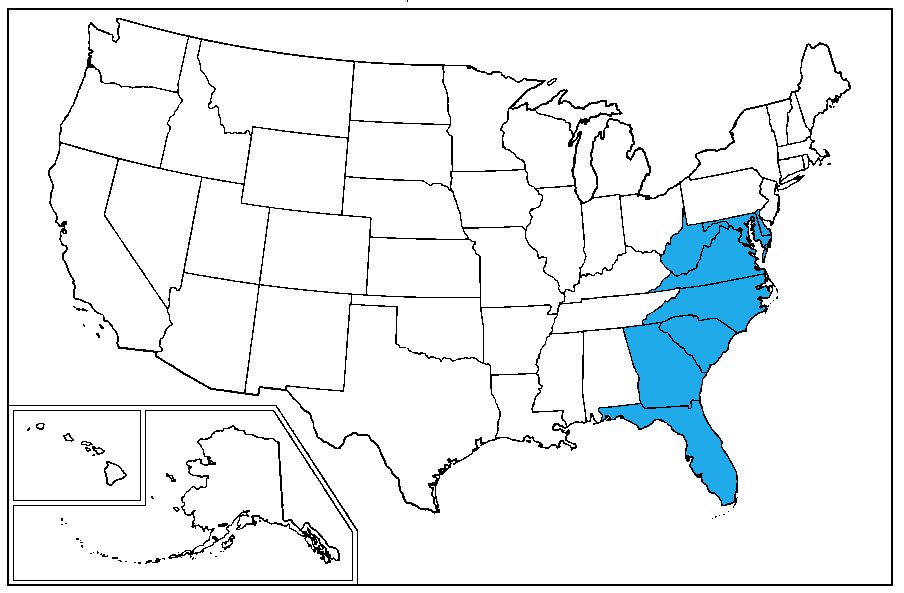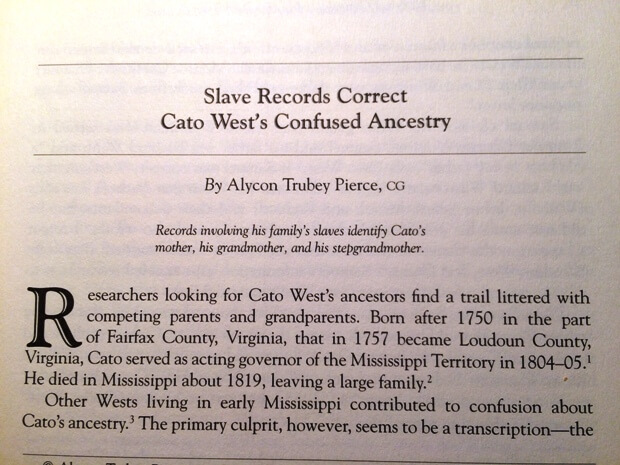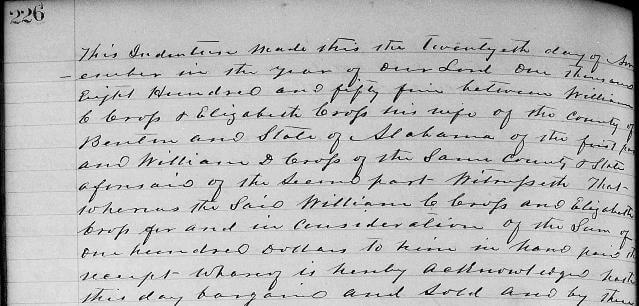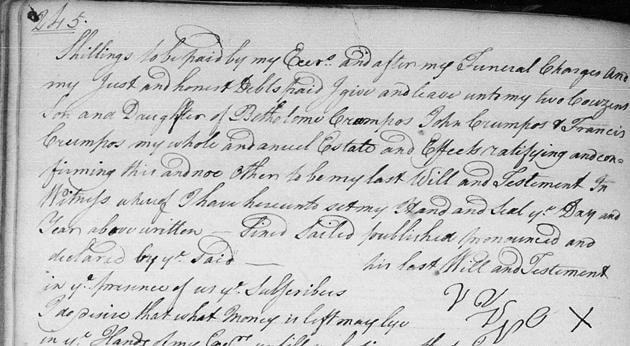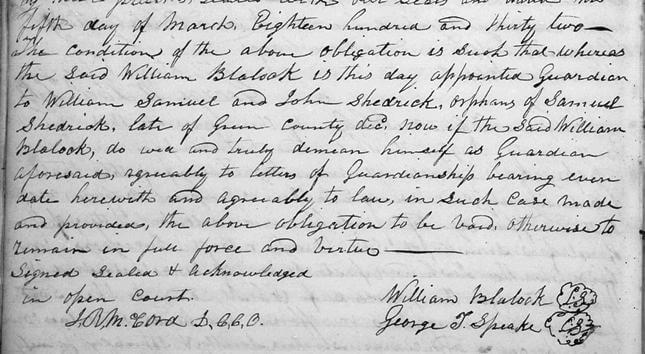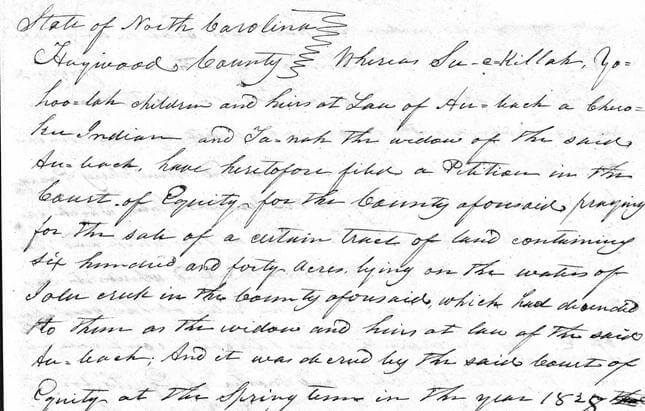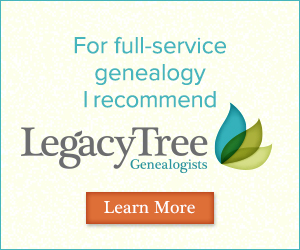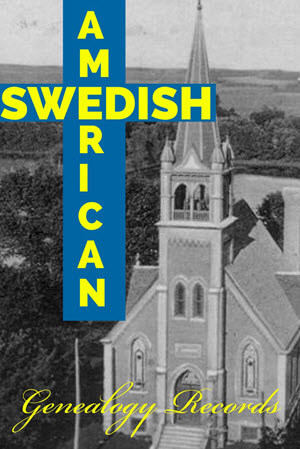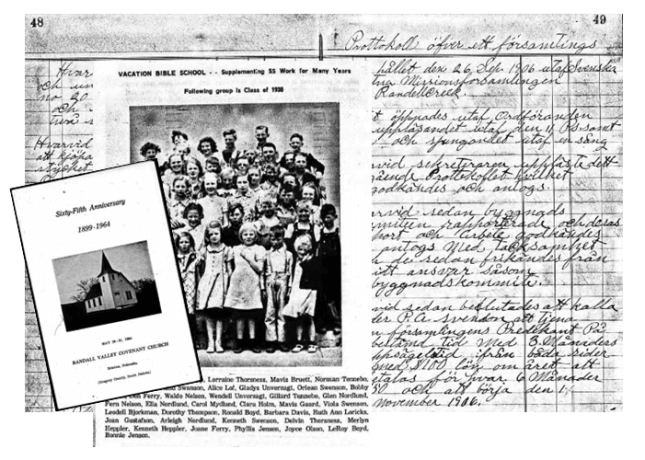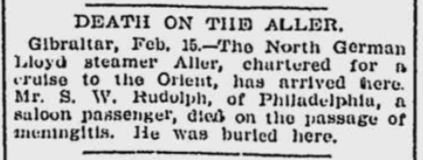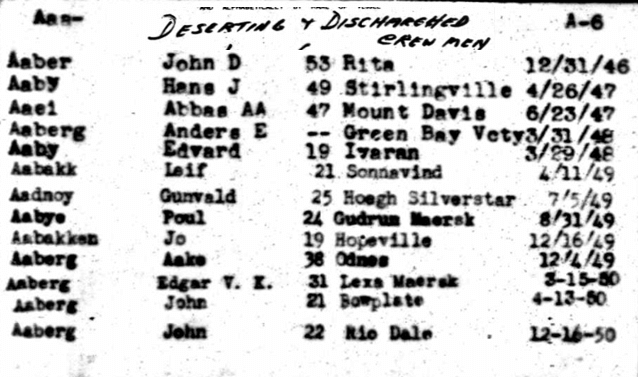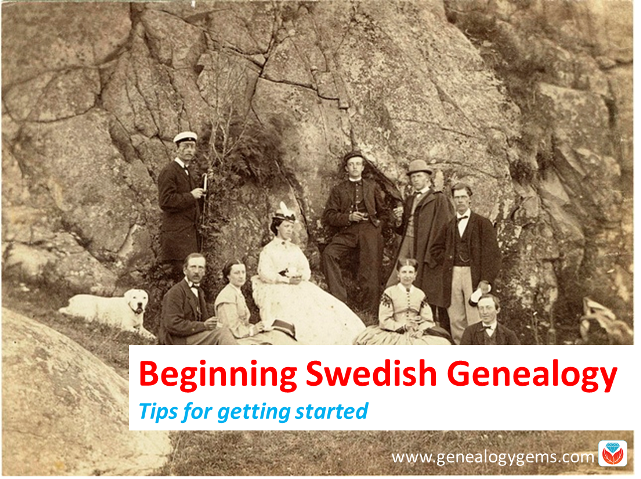New Digitized Historical Newspapers You’ll Want To Read
New digitized historical newspapers now online for Colorado, Georgia, Iowa, Montana and Tennessee. Also the British Military Register, UK Suffragette Newspaper Collection, and papers for Nottingham, South London, Cambridgeshire, Hampshire, Leicestershire and North Yorkshire, England. We report two success stories from using these weekly Friday reports—what successes could YOU have?
I love this email that Lisa Louise Cooke received recently: “Hi Lisa, I just want to thank you for your weekly updates of new record sources. A couple of weeks ago you sent a link for the Illinois State University newspaper archive. Being my dad’s alma mater, I searched for him. A handful of stories came up about when my dad was almost kicked out of school and how his fellow students came to his rescue by staging a sit-in to prevent that. He’d had some minor infraction with a housing rule. I had forgotten that my dad had told me about it. I only wish he was still alive for me to share these articles with him. Thank you so much!” – Sara
We love hearing about your discoveries in our weekly Friday record posts! Below, we’re reporting more historical newspapers that might be just what you need to read. I’ve included two news articles I found about my own family, too.
New digitized historical newspapers: Free collections
Colorado. The Colorado Historic Newspapers Collection is a fantastic (and free) collection of digitized newspapers that you shouldn’t miss if your family lived in The Centennial State. I know this because I have discovered absolute gems here about my Felix great-grandparents during the few years they lived in Hugo, Colorado. Here are two of my favorite articles. The first is a fascinating glimpse into how novel and exciting it was to make a long-distance call. The second is a moving sale notice: a harbinger of change for the family, which was about to leave behind its horse-breeding business and move to the city of Pueblo.
The site recently reported a new addition to the site: The Altrurian, covering Piñon, a town in the Tabequache Park in southwestern Colorado. According to the site, “This title is especially unique not only because it began publication even before the community it represented even existed, but also because it further adds to the narrative of communal or ‘Utopian’ societies that gained a relatively significant following in the late 19th century in Colorado.”
Georgia. The Digital Library of Georgia’s blog recently announced “the availability of the Red and Black in the Georgia Historic Newspapers Archive….Since 1893, the Red and Black has provided a training ground for University of Georgia students interested in gaining experience in various aspects of newspaper publishing and to produce a high quality daily newspaper for the University of Georgia community.” The paper is published in Athens, GA, and is the state’s most widely-circulated college newspaper.
Now online at Newspapers.com
- SE Iowa and NW Illinois: the Quad-City Times, published in Davenport, with coverage beginning in 1855.
- Montana: The Billings Weekly Gazette, with nearly 27,000 digitized pages covering 1888-1929. Other new Billings collections: The Billings Daily Tribune, The Billings Evening Journal, and The Midland Review.
- Tennessee. For Memphis: The Germantown Star (1968-1973). For Germantown, the Germantown News, with nearly 60,000 pages (1974-2016) and The Shelby Sun Times (1994-2008).
- Southampton, Hampshire, England. The Hampshire Advertiser, a new collection of more than 30,000 pages covering 1830-1900.
- York, North Yorkshire, England. The Yorkshire Herald and the York Herald. The collection has more than 93,000 digitized pages spanning 1801-1900.
Newspapers.com has also updated dozens of newspaper collections across the U.S. and for England, Canada, Australia, Scotland, Ireland and more. Click here to explore their newspaper holdings for your ancestral hometown.
New at The British Newspaper Archive
Here’s some news from The British Newspaper Archive (remember, this is the same source for newspapers you find on Genealogy Giant Findmypast.com–no separate subscription required). In recent weeks, they’ve added:
- Over 5000 pages of a new British military newspaper. The Military Register dates back to the late Georgian period and covers contemporary reports from the Napoleonic Wars, the East India Company and more.
- More than 30 years of coverage to the Nottingham Journal, a collection that now totals nearly 200,000 pages and spans a full century (1811-1912, some years missing) of everyday life “in the Queen of the Midlands.”
- More Cambridgeshire newspaper pages, which now number over 14,000 and date back to the 1700s. There are several titles for Cambridge, Huntington, March, and Wisbech.
- More than 13,000 pages of coverage for the county of Leicestershire, including over 30 more years for the Leicester Daily Post, which joins seven other papers published in Leicester. Coverage on that city dates back to 1813. (News for Leicestershire can also be found in the Rutland Echo and Leicestershire Advertiser.)
- Votes for Women. This paper joins the growing Suffragette Newspaper Collection. They now have 14 papers in the collection—we haven’t been able to report each one of them—and will continue to add to it this centenary year. Click here to read about suffragette newspaper and other records now online at the BNA’s sister site, Findmypast.com.
- More than a half-century of coverage to the Croydon Chronicle and East Surrey Advertiser, both South London titles. This paper’s online pages now number over 21,000 and span 1855-1912.
Here’s hoping these new digitized historical newspapers lead you to some family history gems, too! If the times and places we’ve covered today don’t include your family, don’t despair. Instead, click here to browse more of our Friday record posts. You’ll likely find something worth exploring. (Will you post a comment if you do? We’d love to hear!)
Disclosure: This article contains affiliate links and Genealogy Gems will be compensated if you make a purchase after clicking on these links (at no additional cost to you). Thank you for supporting Genealogy Gems!

About the Author: Sunny Morton
Sunny is a Contributing Editor at Lisa Louise Cooke’s Genealogy Gems; her voice is often heard on the Genealogy Gems Podcast and Premium Podcasts. She’s known for her expertise on the world’s biggest family history websites (she’s the author of Genealogy Giants: Comparing the 4 Major Websites); writing personal and family histories (she also wrote Story of My Life: A Workbook for Preserving Your Legacy); and sharing her favorite reads for the Genealogy Gems Book Club.

